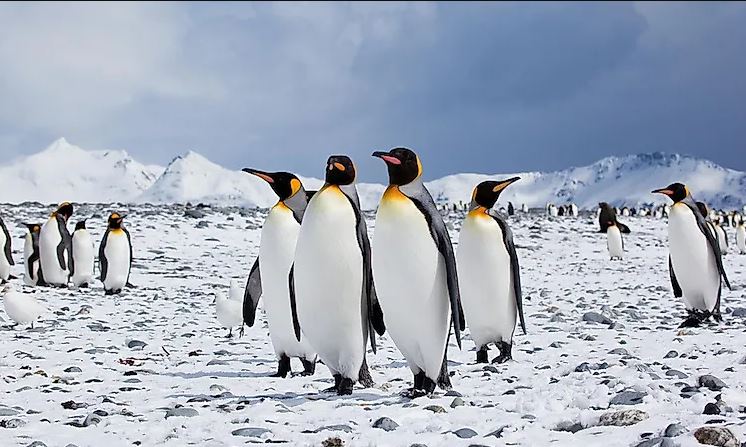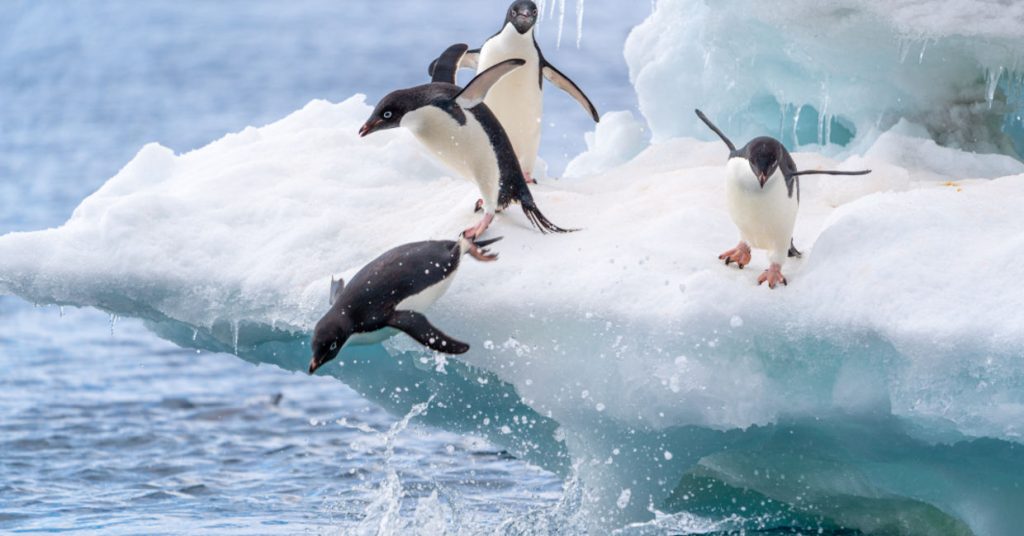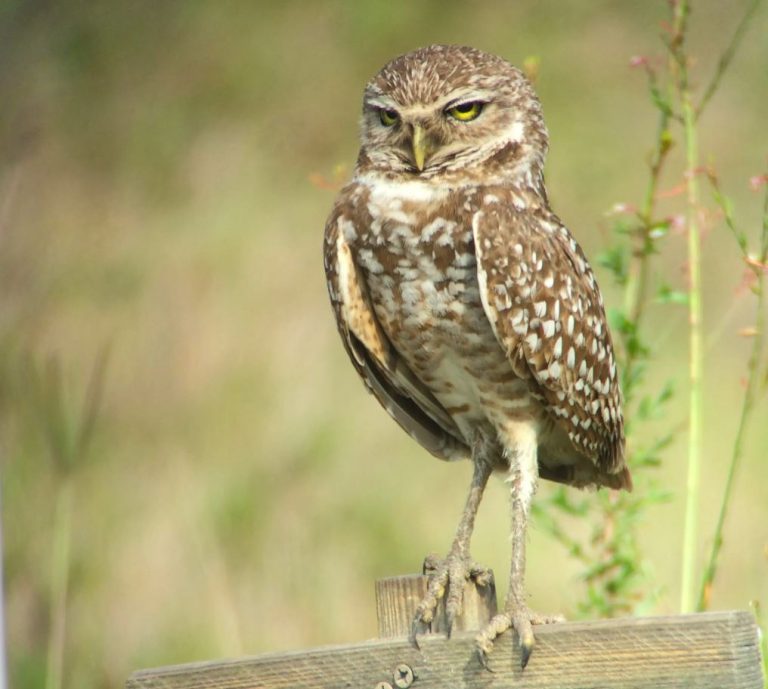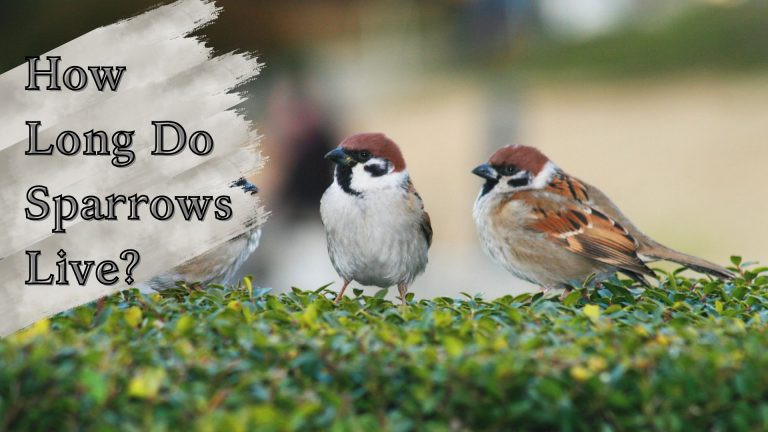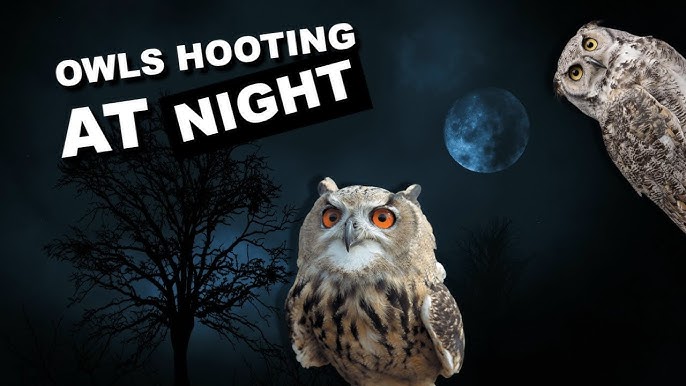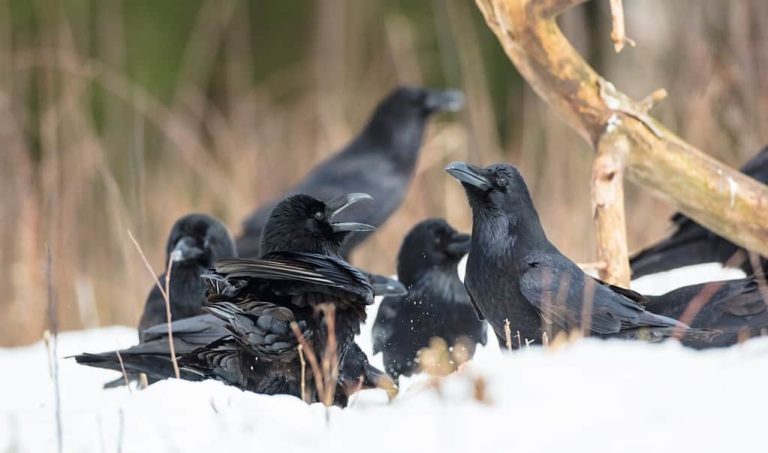What Is a Group of Penguins Called? The Adorable and Surprising Names You Need to Know
Penguins are some of the most charming and recognizable birds on the planet. With their tuxedo-like feathers and quirky waddles, they capture hearts across the globe. But have you ever stopped to wonder: what is a group of penguins called? It turns out that penguins have not just one, but several unique and fascinating group names depending on where they are and what they’re doing!
In this article, we’ll explore everything you need to know about the terminology for penguin groups, from land to sea, and from playful behavior to serious survival strategies. By the end, you’ll not only know what a group of penguins is called, but you’ll also gain insight into penguin behavior, social structures, and why these group names even matter.
Introduction to Penguin Social Behavior
Penguins are highly social birds. Most species live in large communities, ranging from a few dozen individuals to hundreds of thousands. This intense social interaction has led to the development of specific terms to describe different group of penguins settings.
In the wild, penguins depend heavily on their groups for protection, breeding, and survival. Whether they are huddling to keep warm or swimming in synchronized motion to avoid predators, penguins are rarely seen alone.
So, What Is a Group of Penguins Called?
The answer isn’t as straightforward as you might think!
- On land, a group of penguins is called a “waddle” due to their clumsy, upright walking motion.
- During nesting or breeding seasons, a group of penguins is called a “colony” or “rookery.”
- In the water, a group of penguins is called a “raft.”
So, depending on the context, a group of penguins is called a waddle, colony, rookery, or raft. Each term reflects different behaviors and settings in a penguin’s life.
Let’s break down these terms.
Penguin Group Names by Location and Activity
A Waddle of Penguins (On Land)
When penguins are seen walking together on land, especially in their characteristic side-to-side motion, a group of penguins is called a waddle. This fun term matches their clumsy, adorable gait as they navigate ice or rocky terrain.
A Colony or Rookery (During Breeding)
The term “colony” is the most common name for a group of penguins that gather for breeding. You might also hear the word “rookery”, which specifically refers to a nesting area. These colonies can consist of tens of thousands of birds in some species like Emperor Penguins or King Penguins.
A Raft (In Water)
When penguins group together in the ocean or near the surface, a group of penguins is called a raft. They often form rafts to forage for food, migrate, or protect themselves from predators.
Summary Table
| Context | Group Name |
|---|---|
| On Land | Waddle |
| During Breeding | Colony or Rookery |
| In Water | Raft |
Why Do Penguins Form Groups?
Understanding why a group of penguins is called different names helps us appreciate the biological and social functions these groups serve.
Protection from Predators
In numbers, penguins are safer. A large group of penguins can confuse or deter predators like seals, skuas, and orcas. There’s safety in numbers—more eyes watching means early warning signs and better protection.
Heat Regulation
Especially in frigid environments like Antarctica, penguins huddle in massive colonies to conserve warmth. Emperor Penguins are famous for forming tight, rotating huddles where birds on the outer edge slowly rotate inward to share the heat.
Raising Young
Most penguins rely on group structures to incubate eggs and raise chicks. In rookeries, parents can take turns guarding the nest and foraging, trusting that the group will deter egg thieves or predators.
The Role of Colonies in Penguin Survival
Let’s take a closer look at colonies, perhaps the most vital form of a group of penguins.
Penguin colonies are more than just gathering places. They are dynamic, noisy, and often smelly ecosystems full of life. These colonies provide a place for:
- Courtship and mating rituals
- Incubating eggs in shared nesting sites
- Rearing chicks through cooperation
- Transmitting vocal and social cues for survival
Species like the Adélie Penguin return to the same colony site each year, traveling hundreds of miles for the breeding season.
Penguins in Water: A Different Group Dynamic
In the ocean, penguins exhibit totally different behaviors. Here, a group of penguins is called a raft, and the benefits are equally impressive.
Rafts can help:
- Coordinate group hunting strategies
- Minimize individual predation risk
- Navigate across vast ocean stretches together
Unlike colonies, rafts are more temporary and fluid. They form and dissolve based on food availability and environmental conditions.
Fascinating Facts About Penguin Colonies
- Largest Colony: The largest known penguin colony is of Chinstrap Penguins on Zavodovski Island, home to over 1 million birds!
- Sound Recognition: In a colony of thousands, penguin parents recognize their chick’s call within seconds.
- Shared Parenting: Both male and female penguins participate in egg incubation and chick rearing.
- Territorial Rookeries: Some species are highly territorial within their rookery space, defending their small nesting territory fiercely.
These facts highlight how important the group is to penguin survival—not just socially, but genetically.
Pop Culture and Penguin Group Names
Penguins have been featured in movies, books, and documentaries—often portrayed as lovable and communal. In films like Happy Feet or March of the Penguins, the concept of colonies and group life is central.
However, not all media uses the correct terminology. You might hear “flock” or even “pack” of penguins in some shows, but these are incorrect in biological terms. Knowing that a group of penguins is called a colony, raft, or waddle depending on the situation helps you watch with more insight.
Frequently Asked Questions
❓Is “flock” ever correct for penguins?
While “flock” is a general term for birds, it’s not the preferred or accurate term for penguins. Penguins have specific group names based on behavior.
❓How many penguins are in a colony?
Penguin colony sizes vary by species—from just a few hundred to over a million.
❓Do penguins always stay in groups?
No. While penguins are social, individuals may leave the group to forage or migrate. However, they tend to regroup quickly for safety and warmth.
❓What is a group of penguins called when huddling?
Still referred to as a colony, but the act of huddling can also be called a huddle, especially among Emperor Penguins.
❓What is a group of baby penguins called?
There’s no unique term for a group of penguin chicks, but they’re typically referred to as part of a creche, especially when grouped together for protection while parents hunt.
Final Thoughts
So now you know the answer to the question: what is a group of penguins called? It depends on the setting:
- On land? A waddle
- Breeding grounds? A colony or rookery
- In the water? A raft
These adorable terms reflect the rich and varied lives of penguins. Whether waddling across Antarctic ice or diving in a synchronized swimming group, penguins thrive through social cooperation and complex group behavior.
So the next time someone asks, “What is a group of penguins called?” you’ll be ready with not just one answer—but four!
Read also:

